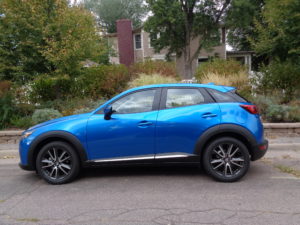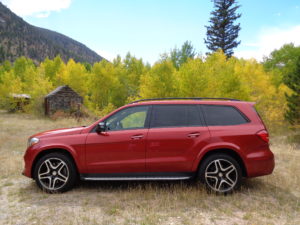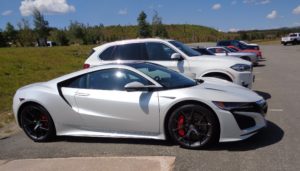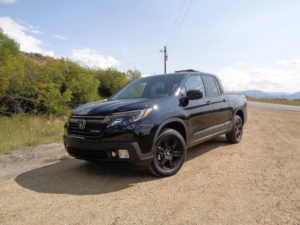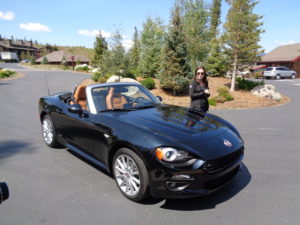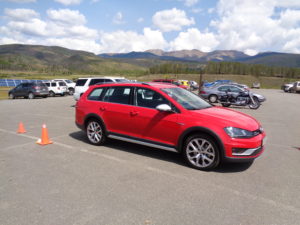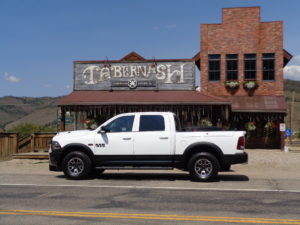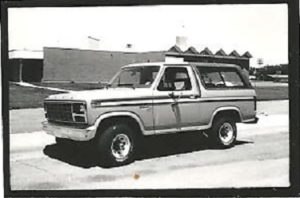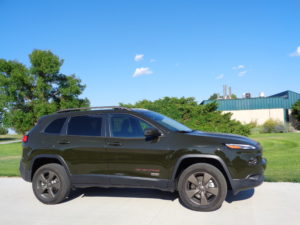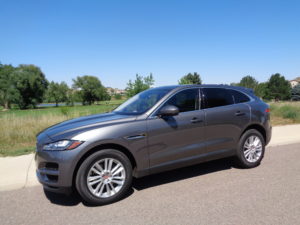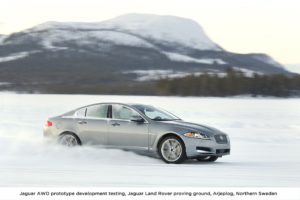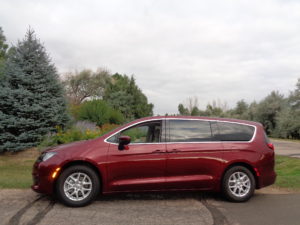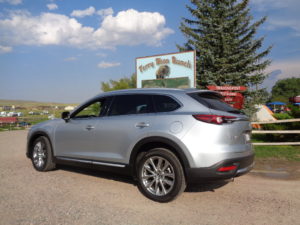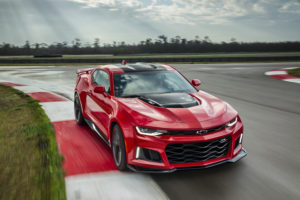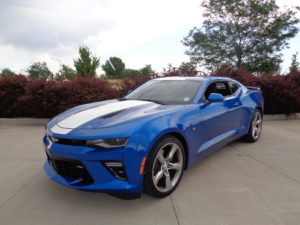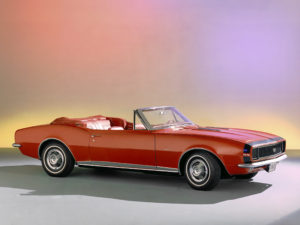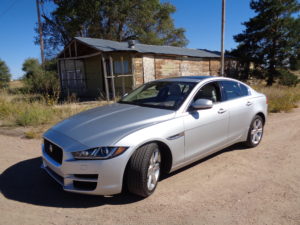
I recorded an amazing 40.1 miles per gallon on a run to Fort Morgan and back from the newest car on the market – the 2017 Jaguar XE sport sedan.
This one is a smaller Jag, with rear-drive chassis and power from a 2.0-liter turbodiesel engine and 8-speed automatic transmission.
With its drive control in dynamic mode, the XE proves a good handler and shows quickness and smoothness in acceleration.
The XE also comes with a V-6 gasoline engine and all-wheel drive, which surely would have been better-suited to a Colorado test as we head into the winter and its weather perils.
The sales of light-duty diesels in the U.S. have fallen sharply among the car category.
Blame German car builder Volkswagen for that. It’s been just a year since VW admitted to the EPA regulators that it installed illegal defeat devices in nearly 500,000 2.0-liter diesel engines to fool U.S. emissions tests. VW/Audi dominated sales of light-duty diesels at that time, holding approximately 35 percent of the market.
The uproar over the cheating scandal forced VW to halt sales of its high-fuel-mileage turbodiesels. VW has not resumed sales of diesels in the U.S. and has announced no timetable for doing so.
Barely more than 90,000 light-duty diesels have been sold thus far this year, compared with 150,000 by this time a year ago just before VW’s engines took the hit. Of the 90,000 sold through the end of August this year, seventy-five percent are credited to two truck-market models, the Ford Transit vans and the Ram 1500 pickup.
The Ram led sales of diesel-powered light vehicles in August, and for the first eight months of this year is locked in a very tight race with the Ford Transit diesel.
Ford Transit has sold 35,633 diesel units thus far, barely ahead of the Ram with 35,192.
Others of the top 10 diesel sellers lag far behind – Chevrolet Colorado 4,713; Jeep Grand Cherokee 2,716; Range Rover Sport 2,173; GMC Canyon 2,106; Range Rover 1,789; BMW X5 1,578; BMW 3-series 1,140, and Mercedes-Benz GLE-class 878.
By falling into a price-leader role for Jaguar, the new XE has jumped ahead of the firm’s other cars, the XF, XJ and XK and the F-Type. Introduced with the XE several months ago is Jaguar’s first-ever SUV, the F-Pace, and it is outselling everything made by the British company.
Most of the XE’s sold are those equipped with the gas engines and, in Colorado, most also are AWD versions.
The XE is built on a 111.6-inch wheelbase, with overall length of 183.9 inches, only an inch longer than a Honda Civic. Jaguar hasn’t introduced a model this small since 2001, when the X-Type front-wheel-drive sedan showed up. It was discontinued in 2009.
Interior finish in the new one is not on a par with Jaguar standards, but its sticker price of $43,895 may be the forgiving factor. Heated and cooled perforated seats are comfortable, and headroom and legroom are okay in the rear seating area, though shoulder space is tight. Accompanying Jan and me on the drive into Morgan County were Ruth Davis and Kim Parker.
A long trunk opens up 15.9 cubic feet of space. Beneath the trunk floor rests a temporary spare tire, painted bright orange, i.e. it will be used only for the briefest necessities.
An oddity: When the backup camera is in use while the car is in reverse, the volume for the audio system can’t be turned down or up.
EPA estimate for the Jag’s diesel setup is 32/42 mpg.
It’s a fun, sporty car to drive, even in normal or eco style, away from the dynamic mode. It has the rotary dial shifter, which Jaguar and Land Rover have relied upon for more than 10 years. The 4-cylinder turbodiesel generates 180 horsepower/318 torque and shift paddles lend control over the 8-speed tranny. The XE has automatic-bright headlamps, which shine high or lower, depending on oncoming traffic. It rides on Continental Pro Contact 225/45R18 tires.
Its $43k price tag covers navigation with a 10.2-inch touchscreen, Meridian surround sound, head-up display, electric rear sunblind, blind-spot monitor, front and rear parking aids, headlight powerwash, moonroof, heated steering wheel, and stop-start technology.
Here are the specifications for the 2017 Jaguar XE luxury sport sedan:
- Capacity 5-passenger four-door
- Wheelbase 111.6 inches
- Length 183.9 inches
- Width 77.4 inches
- Height 55.7 inches
- Curb Weight 3,320 pounds
- Track 62.8 inches front, 62.4 rear
- Ground Clearance 7.2 inches
- Turn Circle 38.4 feet
- Drivetrain Rear-wheel-drive
- Engine 2.0-liter turbodiesel 4-cylinder
- Horsepower/Torque 180/318
- Transmission 8-speed automatic
- Top Speed 120 mph
- Suspension Coil springs, stabilizer bars
- Fuel mileage estimate 32/42
- Fuel mileage average 38.1
- Fuel Tank 14.8 gallons, diesel
- Wheels 18-inch
- Tires Continental Pro Contact 225/45R18
- Cargo Volume 15.9 cubic feet
- Warranty 5 years/60,000 miles basic, 5/6,000 powertrain
Competitors BMW 3 series, Volvo S60 Cross Country, Mercedes-Benz C Class, Lexus E350
Assembly Plant Solihull, England
Parts Content U.S./Canadian 0%, Germany 50%, United Kingdom 43%
Base Price of Lowest Model $36,200; Base Price of Review Model $42,900; Destination Charge $995; Sticker Price $43,895.
